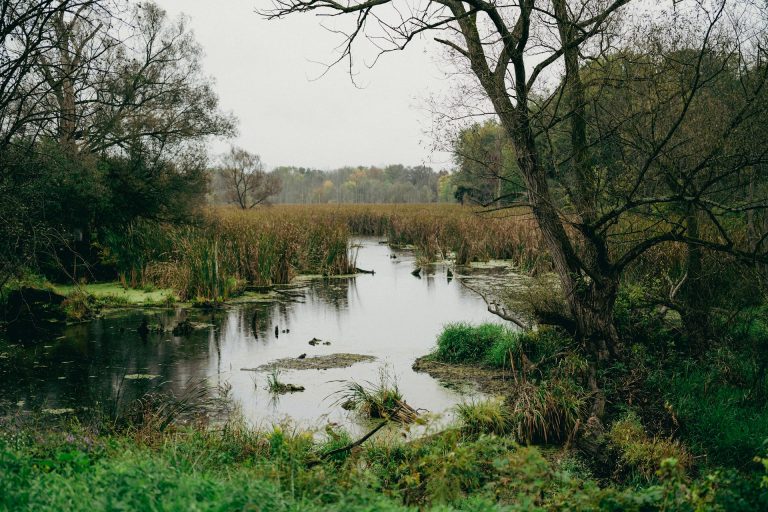
A wetland is an area of land that performs many ecosystem services one of them being the ability to retain water. Typically, there are five different kinds of wetlands including; bogs, fens, marshes, swamps, and shallow/ open water. Each wetland is characterized by the kinds of vegetation growing on or nearby the wetland, movement of water, and surrounding soil characteristics [1]. Wetlands are a critical part of our shared ecologies offering food and shelter for wildlife and contributing to the overall health of surrounding watersheds [2].
Share this Post: